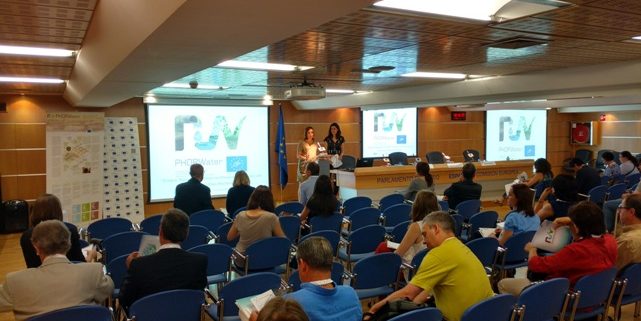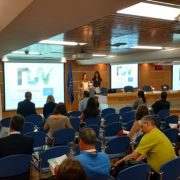DAM demonstrates the feasibility of recycling waste water for agricultural use
The company Water Purification Mediterranean (DAM) has recently presented at Conference in Valencia, the conclusions of its PHORWater project, confirming the viability of extracting phosphorus from wastewater and reuse as fertilizer in the agricultural sector.
Specifically, the main achievement of this research is to demonstrate that it is possible to recycle phosphates from wastewater as struvite, slow release fertilizer, suitable for use in the field.
To this end, it has built a pilot plant WWTP Calahorra in La Rioja, which has confirmed the possibility of extracting phosphorus from wastewater and reuse in the agricultural sector. The importance of this project, within the framework of the European Union, is the need to recover phosphorus, an increasingly scarce and limited natural mineral, but is used largely in the production of agricultural fertilizers. And the scarcity of the material and its abundant use, the fact that no producer country is in Europe there is also, by making the European agricultural enterprises dependent on third countries.
Environmental solution to discharges of phosphorus
One of the main attractions of PHORWater project is to raise public awareness of the environmental problem of phosphorus and promote the recovery of this mineral in wastewater treatment. Through this initiative has been managed to optimize the process of biological removal of phosphorus in the water line of the WWTP; recovering phosphorus as struvite, through the development of a crystallization reactor; increase the availability of phosphorus for agricultural use, and above all, provide an environmental solution to reduce phosphorus discharge by providing an alternative source that reduces the extraction of mineral in its natural state.
The PHORWater project, participated and led by DAM, is funded by the European Union, through its LIFE + program. In it also involved the University of Valencia, a department of Water Quality of the Polytechnic University of Valencia (UPV) and the Laboratory of Automation and Process Engineering of the University Claude Bernard of Lyon.
Source: DAM










